In this comprehensive post, we'll go over;
Everything you need to know about Mildew.
You'll learn;
- What it is.
- The different characteristics of it
- How to remove and prevent it
- The difference between mildew and mold
So if you've ever wondered what mildew was, you'll love this post!
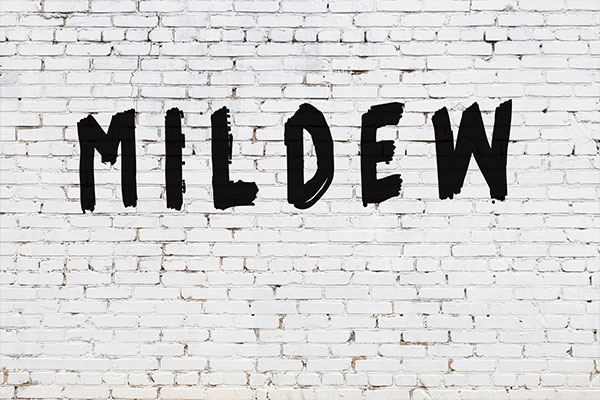
What is Mildew?
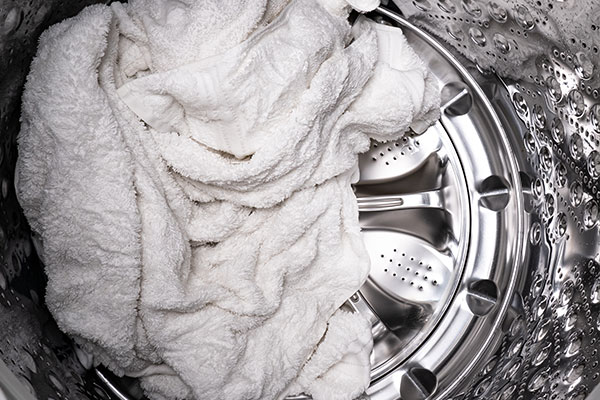
Mildew. What is it? Most of us have experienced the problem with mildew probably at several points in our lives. It is the infamous smell of laundry forgotten in the washer, that balled-up towel in the corner, and sometimes basements.
Mildew is a type of mold but more specifically a type of fungus. Mildew, like mold, grows in damp areas and can commonly be found in fabrics and paper products.
Even though both mold and mildew are a fungus, they have different characteristics and growth patterns. Mildew will only grow on the surface of items, which makes it much easier to remove.
Keep reading to learn more about the characteristics, how to remove and prevent mildew, and the difference between mold and mildew.
Characteristics of Mildew
Mildew is a specific type of mold or fungus. It contains just one species, unlike mold which can be made up of many. This type will have a color that can be grey, green, or sometimes white.
Depending on where it is found growing, the color may be different. Mildew grows in flat patches and is not raised up. Each type will have a dry appearance.
There are 2 different ways that mildew looks. There is a powdery appearance and the downy appearance. Even though we will commonly find mildew on wet clothes, it can also be found on plants.
This includes house plants and crops. Every year, crops can become damaged if they become infected with this fungus.
It will grow on the leaves and spores will be carried through the wind to other plants. If the infection is bad enough, it will completely kill the plants.
Powdery Mildew

This type can be found on the leaves of plants, mostly those that flower. The powdery texture looks like you drop baking flour on the counter, or when the baby powder falls on the floor.
The color will look like a gray or white shade which eventually turns yellow and then brown. This type will start as a small spot and if left untreated will continue to grow.
Downy Mildew
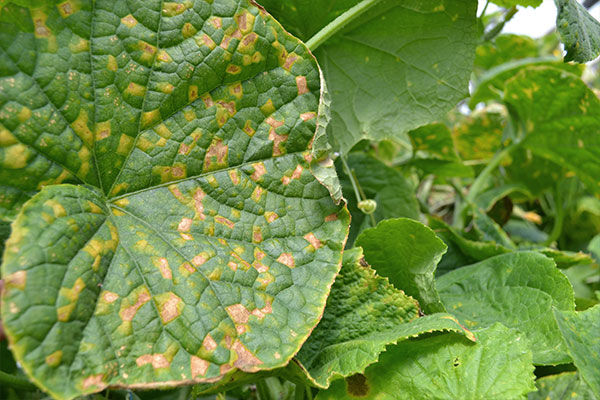
This type can be found on crops and is the likely cause of crop devastation. Depending on where it grows on the plant will cause the color of this type to change. It is quite common for this to start off as a yellow/green color and then change to brown.
Another characteristic associated with mildew is that distinct mildew smell. Many of us are familiar with it and know that after so many times once that odor penetrates something it is awfully hard to get rid of it.
When doing laundry, there are times that we forget about the load in the washer. If we wait too long to toss it in the dryer, it will start to develop fungus.
Thinking of a musty definition, well mildew is it. The dictionary even states that musty means to be impaired by dampness or mildew.
Characteristics of Mildew
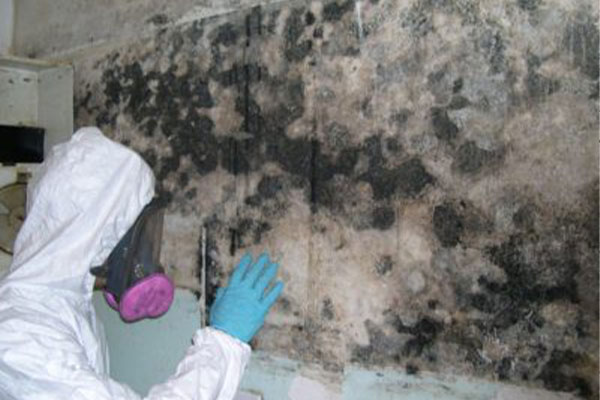
The first thing you need to do is determine which type of mold or fungus you are dealing with. Since they can both be similar in appearance and odor, it may be difficult to determine what it is.
There are a few steps you can take to help determine the difference between the two.
PRO TIP – Use Bleach!
If you take a few drops of bleach and put it on the affected area, after a few minutes you should be able to tell what it could be. Keep in mind that bleach can change the color if you are assessing fabrics, regardless of what it is.
After a few minutes, if the patchy nuisance has changed to a lighter color, it is likely you are dealing with mildew. If there is no change, except now it looks wet, then it is highly likely you have a mold issue.
If it is on a flat surface like a bathroom shower wall or something that can be wiped clean, you can use bleach to clear away the mildew. Since it only grows on surfaces, it is easier to clean up and take care of.
In addition to using bleach as a mildew remover, there are other options for testing and cleaning up. There are specific removers you can purchase in stores, but with those, it is imperative to follow the directions because they can possibly contain harmful chemicals.
Once it has been cleaned, use a fan to help remove the musty smell. Just using an air freshener is not enough, that will only mask the odor. Using a fan will help to dry up any moisture that remains.
If at ANY point you are unsure if you are dealing with mildew or mold, it would be best to contact the professionals at Rock Emergency for an assessment and remediation if necessary.
Preventing It
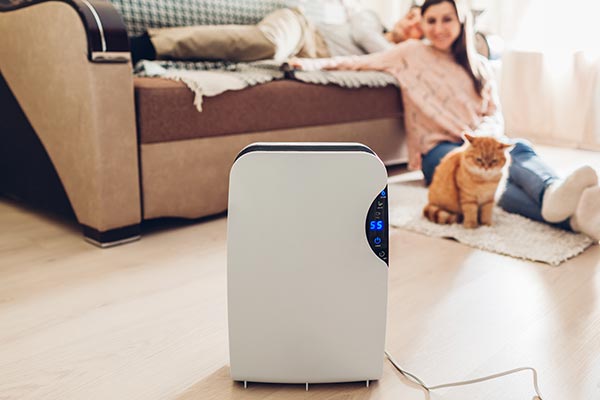
Instead of worrying about how to clean it up, the best thing to do is prevent it in the first place! Prevention is similar to how you would prevent mold growth.
- Keep the area dry and free of moisture
- Keep the space properly ventilated
- Use a dehumidifier
- Have your air ducts and heating/cooling systems cleaned and inspected regularly
- Ensure leaks or any water-related issues are taken care of right away
- If remodeling, use mildew-resistant paint. Great thing is that some kinds of paint can also be useful against mold
- If you notice it growing anywhere, remove it right away or have a mold professional come in. Don’t wait until it’s too late.
Mildew vs. Mold
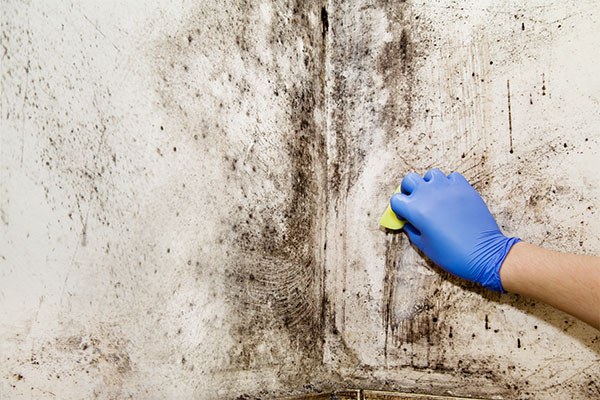
There are many things to consider when it comes to mildew vs. mold. Both are remarkably similar in many ways, they look similar, both can have foul musty odors, and both can grow on organic materials.
But, they do have differences:
When in doubt, don’t touch it or try to clean it. Because there are thousands of species of mold, you may in fact have a mold problem in your home.
Touching what may or may not be mildew could lead to skin irritations and other allergic reactions. If you stumble upon a large area with an infestation, contact the mold professionals at Rock Emergency straight away.
We are here to help keep you, your home, and your family safe!
If you or someone you know is dealing with Mildew, call our Rock Emergency professionals at (585) 413-1566. Or click the button below to send us a message!
Share this Post
